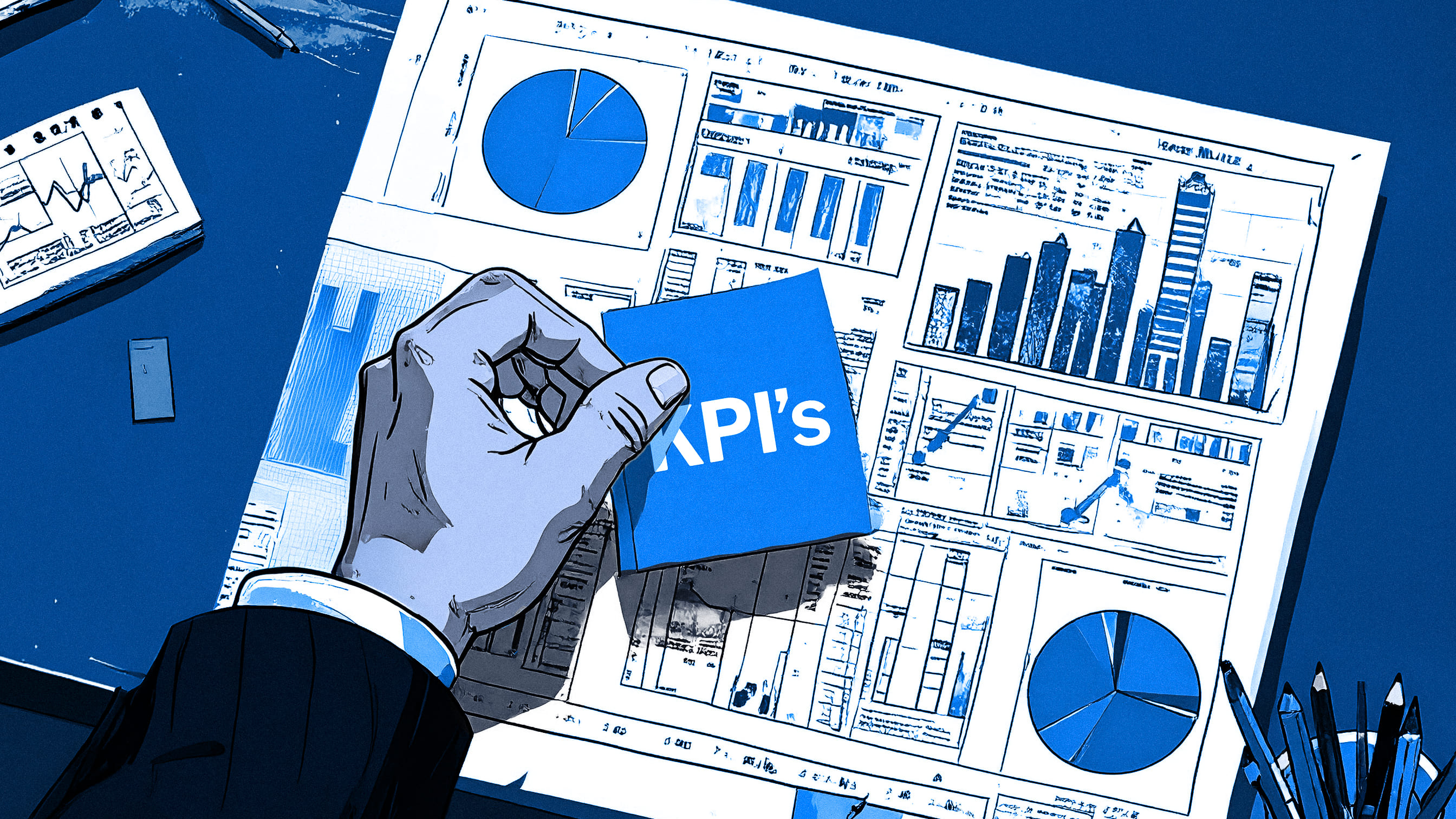How to Explain Invoice Financing to Your Accountant (and Win them Over)

Let’s face it—accountants are a tough crowd.
They speak fluent spreadsheets, live in accruals and debits, and tend to look suspiciously at anything that sounds “too easy.” So when you bring up invoice financing, chances are you’ll get a raised eyebrow, a few cautious questions, and a deep sigh followed by, “Send me the details.”
But you know what? That’s a good thing. It means they care about your business. And the truth is, once your accountant understands how invoice financing works—especially with a platform like Zelo—they’ll probably become your biggest supporter.
So, how do you break it down for them without getting bogged down in financial jargon or triggering audit anxiety?
Let’s walk through it.
Start With the Problem They Already Know
Your accountant is already well aware of your cash flow timing issues. In fact, they’ve probably told you—repeatedly—that receivables sitting unpaid for 90+ days are dragging down your working capital position.
So start here:
“You know how we’re often waiting 60 or 90 days for payments from [insert large corporate or government buyer here]? It’s hurting our ability to take on new orders or invest in operations. We’re always chasing cash.”
That’s music to an accountant’s ears. You’ve identified a cash conversion cycle gap—a key metric they care deeply about.
Then Explain the Solution: It’s Not a Loan. It’s Early Access to Your Own Money
Most accountants are cautious of new credit lines or financing instruments. So make it clear:
“We’re not borrowing money in the traditional sense. We’re just getting early access to cash that’s already owed to us.”
With Zelo’s invoice financing:
- You submit an invoice that’s already been approved by your large buyer (think ADNOC, NMDC, Amazon, or a hospital chain).
- Zelo verifies it and advances up to 80–90% of the value within 24–48 hours.
- When the buyer pays, the transaction is squared off.
No long-term debt. No fixed EMIs. No balance sheet explosion.
Reassure Them About the Accounting
Here’s where your accountant is excited.
“The financing is tied to specific invoices, not the whole company. It shows up as a short-term liability, but it’s linked to a future receivable. Clean and trackable.”
In other words, it’s simple.
- You receive cash early → increase in bank balance
- You carry a small payable to Zelo → offset when your buyer pays
This keeps your books transparent, makes reconciliation easier, and doesn’t interfere with your ability to raise other forms of capital.
Talk Numbers (They Love That)
Let’s say your business is waiting on AED 500,000 from a buyer with a 90-day payment cycle.
With Zelo, you get AED 450,000 (90%) today. The fee? Typically around 1.2–1.8% per 30 days. For most clients, that’s a small cost for liquidity without red tape.
“It’s cheaper than losing a new order because we couldn’t mobilize.”
Plus, your accountant knows that a steady flow of working capital can help:
- Boost inventory purchasing at better prices
- Avoid high-interest emergency credit
- Take on more business without cash delays
Highlight the Controls and Risk Management
Here’s where you really win them over.
Let them know:
- Zelo only finances invoices raised on pre-approved buyer ecosystems with strong credit ratings.
- There’s full documentation and tracking of each transaction.
- We’re regulated by ADGM’s FSRA and backed by International Holding Company (ADX:IHC).
“It’s not some fintech roulette. It’s structured, regulated, and built for businesses like ours.”
Give Them What They Really Want: Visibility and Access
Most accountants don’t want surprises. Zelo gets that.
That’s why clients and their accountants can access a dedicated dashboard showing:
- Every invoice submitted
- Amount disbursed
- Repayment schedules
- Status updates in real-time
You’re not flying blind—and neither are they.
Offer to Loop Them In
This is the clincher:
“If you’d like, I can connect you directly with the Zelo team. They’ve onboarded hundreds of SMEs, and they know how to work with accountants.”
Now you’re not just explaining a product—you’re inviting collaboration. And honestly, that’s all most accountants really want.
TL;DR: The Talking Points Cheat Sheet
Here’s how to frame it:
- It’s not a loan; it’s early payment on invoices you’ve already earned.
- It helps you convert credit sales into instant cash, so you can grow.
- It’s accounting-friendly, with clear records and reconciliation.
- It improves working capital without long-term liabilities.
- It’s regulated, secure, and designed for UAE-based SMEs.
- And yes—your accountant can be fully looped in.






